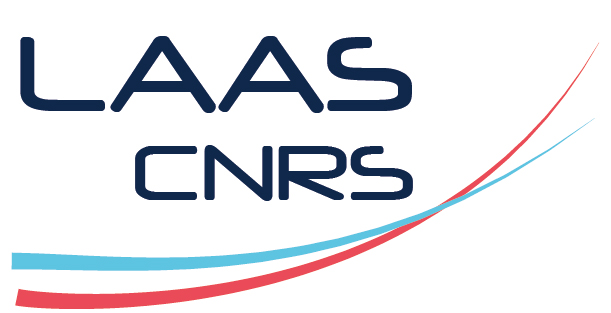Multimodal MRI-Based Whole-Brain Assessment in Patients In Anoxoischemic Coma by Using 3D Convolutional Neural Networks
Résumé
Background: There is an unfulfilled need to find the best way to automatically capture, analyze, organize, and merge structural and functional brain magnetic resonance imaging (MRI) data to ultimately extract relevant signals that can assist the medical decision process at the bedside of patients in postanoxic coma. We aimed to develop and validate a deep learning model to leverage multimodal 3D MRI whole-brain times series for an early evaluation of brain damages related to anoxoischemic coma.
Methods: This proof-of-concept, prospective, cohort study was undertaken at the intensive care unit affiliated with the University Hospital (Toulouse, France), between March 2018 and May 2020. All patients were scanned in coma state at least 2 days (4 ± 2 days) after cardiac arrest. Over the same period, age-matched healthy volunteers were recruited and included. Brain MRI quantification encompassed both "functional data" from regions of interest (precuneus and posterior cingulate cortex) with whole-brain functional connectivity analysis and "structural data" (gray matter volume, T1-weighted, fractional anisotropy, and mean diffusivity). A specifically designed 3D convolutional neuronal network (CNN) was created to allow conscious state discrimination (coma vs. controls) by using raw MRI indices as the input. A voxel-wise visualization method based on the study of convolutional filters was applied to support CNN outcome. The Ethics Committee of the University Teaching Hospital of Toulouse, France (2018-A31) approved the study and informed consent was obtained from all participants.
Results: The final cohort consisted of 29 patients in postanoxic coma and 34 healthy volunteers. Coma patients were successfully discerned from controls by using 3D CNN in combination with different MR indices. The best accuracy was achieved by functional MRI data, in particular with resting-state functional MRI of the posterior cingulate cortex, with an accuracy of 0.96 (range 0.94-0.98) on the test set from 10-time repeated tenfold cross-validation. Even more satisfactory performances were achieved through the majority voting strategy, which was able to compensate for mistakes from single MR indices. Visualization maps allowed us to identify the most relevant regions for each MRI index, notably regions previously described as possibly being involved in consciousness emergence. Interestingly, a posteriori analysis of misclassified patients indicated that they may present some common functional MRI traits with controls, which suggests further favorable outcomes.
Conclusions: A fully automated identification of clinically relevant signals from complex multimodal neuroimaging data is a major research topic that may bring a radical paradigm shift in the neuroprognostication of patients with severe brain injury. We report for the first time a successful discrimination between patients in postanoxic coma patients from people serving as controls by using 3D CNN whole-brain structural and functional MRI data. Clinical Trial Number http://ClinicalTrials.gov (No. NCT03482115).
| Origine | Fichiers éditeurs autorisés sur une archive ouverte |
|---|

